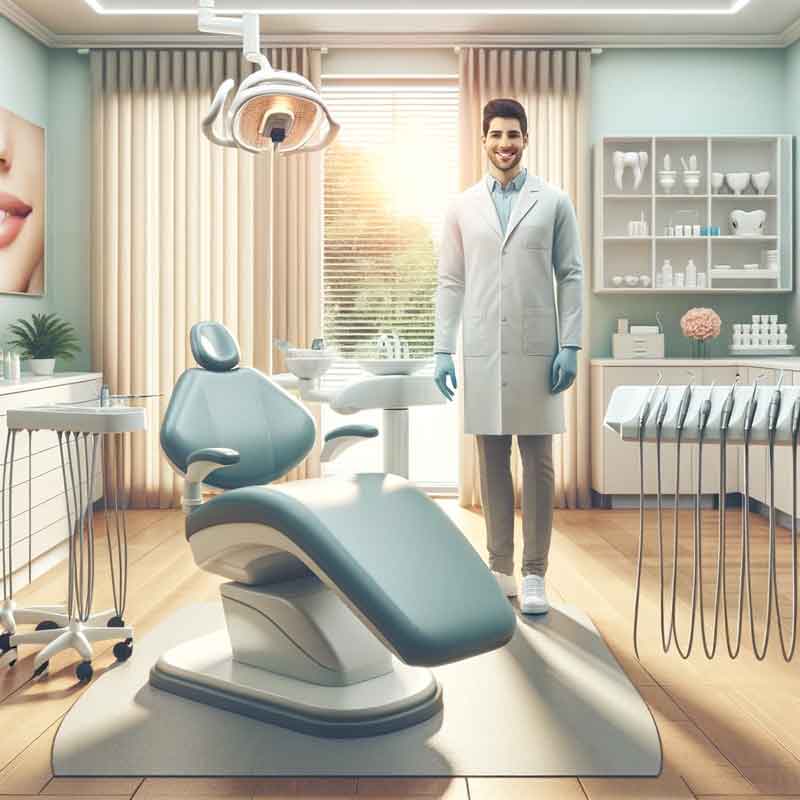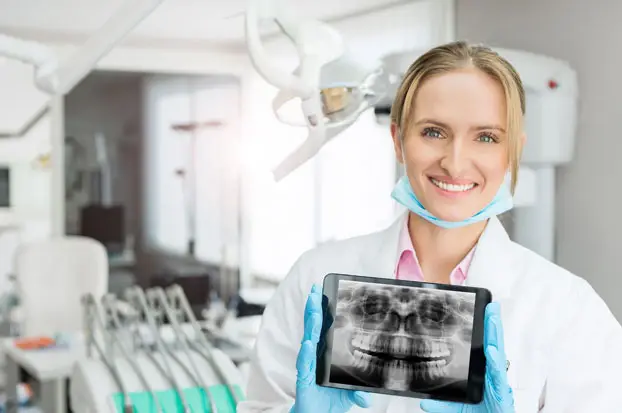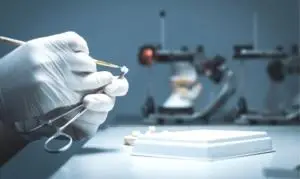
Optionen für kosmetische Zahnheilkunde
Willkommen zu unserem neuesten Blogbeitrag, in dem wir uns in die Welt der kosmetischen Zahnmedizin vertiefen – ein Bereich, der sich der Verbesserung des Aussehens
The 19th Century was a pivotal era in the history of dentistry, marked by groundbreaking innovations and the establishment of foundational practices. Visionaries like Horace Wells and William Morton revolutionized dental care by introducing anesthesia, reshaping the patient experience, and setting the stage for a more advanced and compassionate field. This article explores the transformative developments that characterized the birth of modern dentistry during the 19th Century.
Horace Wells and William Morton emerged as pioneers, forever altering the course of dentistry by introducing dental anesthesia. Wells’ demonstration of nitrous oxide’s pain-relieving properties and Morton’s subsequent use of ether marked a turning point, alleviating the excruciating pain patients had long associated with dental procedures. The advent of anesthesia improved patient comfort and enabled dentists to perform more complex and lengthy treatments with precision.
The 19th Century witnessed the establishment of dental schools and the formation of dental societies, contributing to the standardization of dental practices and education. The Baltimore College of Dental Surgery, founded in 1840, became the world’s first dental school, offering formal education for aspiring dentists. Dental societies like the American Society of Dental Surgeons (ASDS) and the American Dental Association (ADA) were founded to promote ethical standards, disseminate knowledge, and advance the field collectively.

As dentistry gained recognition and legitimacy, practitioners began adopting more scientific patient care approaches. The 19th Century marked a shift towards evidence-based dentistry, wherein treatments and techniques were increasingly informed by scientific research and empirical evidence. This transition elevated the credibility of dentistry as a medical profession and paved the way for more effective and informed patient care.
The 19th Century saw significant advancements in dental materials and techniques. Innovations like porcelain teeth, introduced by Charles Goodyear, offered more natural-looking and durable tooth replacements. The advent of the dental chair, improved instruments, and sterilization techniques further enhanced the efficiency and safety of dental procedures, contributing to better patient outcomes.
With the rise of dental societies and increased scientific understanding, the 19th Century also saw efforts to promote public awareness of oral health and hygiene. Dental professionals began advocating for preventive measures, emphasizing the importance of regular oral care and hygiene practices to maintain healthy teeth and gums.
Conclusion: The 19th Century witnessed the birth of modern dentistry, characterized by transformative innovations, standardized education, and a shift toward evidence-based practices. Visionaries like Horace Wells and William Morton paved the way for patient comfort through dental anesthesia while establishing dental schools and societies elevated the profession’s status. As dentistry embraced scientific approaches, materials, techniques, and oral health promotion, advancements set the stage for the dynamic and ever-evolving field we recognize today.

Willkommen zu unserem neuesten Blogbeitrag, in dem wir uns in die Welt der kosmetischen Zahnmedizin vertiefen – ein Bereich, der sich der Verbesserung des Aussehens

Erwägen Sie eine Zahnkrone zur Zahnerhaltung? Die American Dental Association (ADA) hebt Zahnkronen als Lösung zur Verstärkung von Zähnen hervor, die zwar beschädigt sind, aber

Die Türkei hat sich als führendes Ziel für zahnmedizinischen Tourismus etabliert und zieht Menschen aus aller Welt an, die erstklassige, kostengünstige zahnärztliche Lösungen suchen. Zahnimplantate

